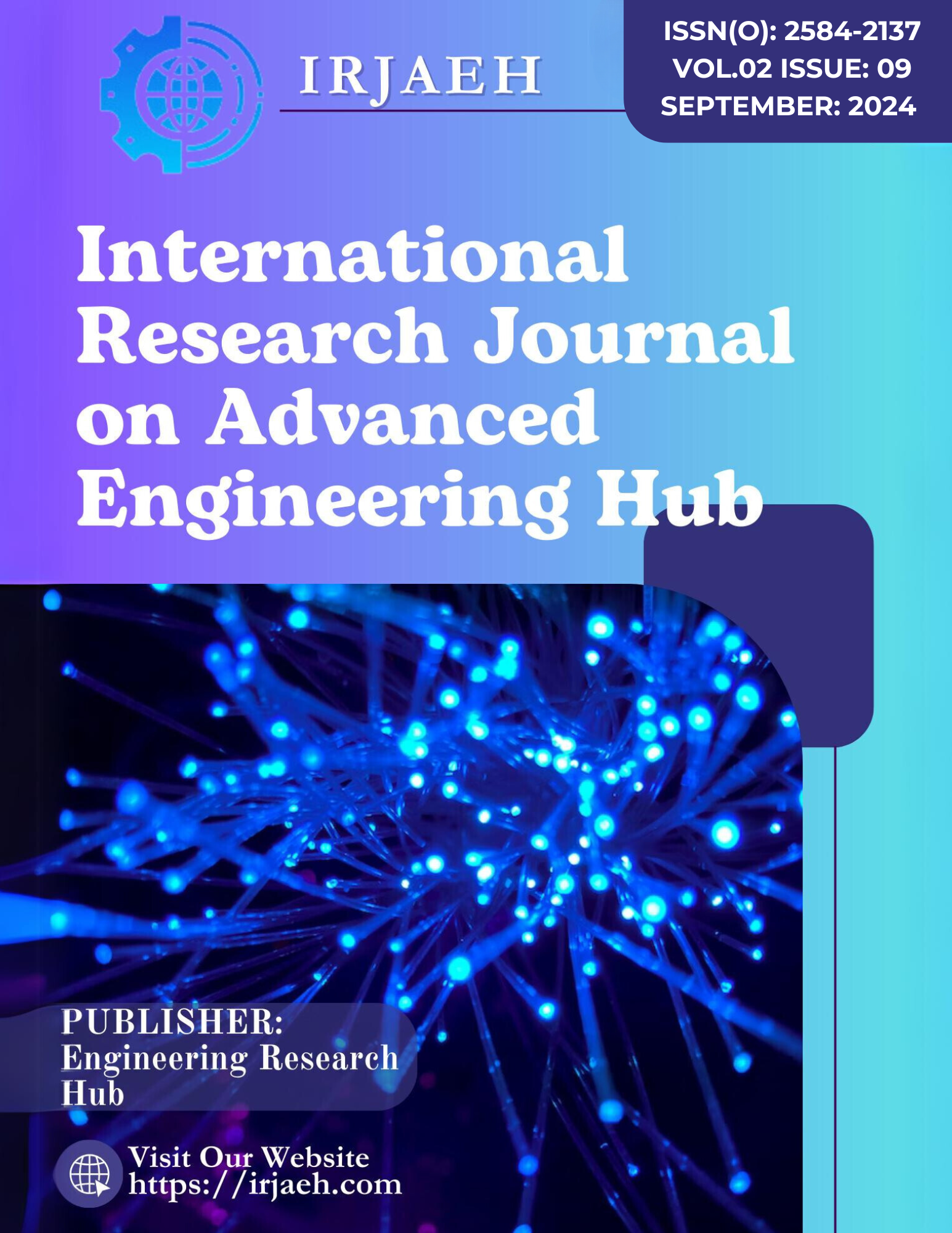Thermal Management and Optimization Study of Immersion Cooled Battery Pack Using Different Dielectric Fluids
DOI:
https://doi.org/10.47392/IRJAEH.2024.0308Keywords:
BTM, Li-ion battery, Immersion cooling, Dielectric Fluid, CFD simulations, 3M NovecAbstract
Electric vehicles with green power system are viable alternatives to reduce greenhouse gas emissions and dependence on fossil energy resources. The power source such as Li-ion battery has high sensitivity to temperature, which is a challenge related to battery thermal management. Effective thermal management is crucial for enhancing the performance and lifespan of electric vehicle (EV) batteries. Developing a BTM system that is both safe and reliable has a vital research goal. Immersion cooling, which submerges the battery in a dielectric fluid, has the potential of increasing the rate of heat transfer by 10,000 times relative to passive air cooling. In the present work, immersion cooling technique with dielectric fluid for 39 cells (4.6Ah), form factor of 21700 battery pack (660Wh) for 2C, 3C and 5C discharge rate with 2LPM, 4LPM and 6LPM have been introduced. From CFD simulations study it’s observed that Maximum cell avg. temperature [97.50 ℃] can be observed at 2lpm_5C condition in 3M Novec dielectric fluid battery pack. Minimum cell avg. temperature [29.93] can be observed at 6lpm_2C condition in Ester mivolt dielectric fluid battery pack. The cell average temperature is 2.56%, 4.11% and 12.02 % lesser for Ester Mivolt DF7 than 3M NOVEC dielectric fluid at 2C, 3C and 5C discharge rate conditions respectively. Observing the results, its recommended to use Ester mivolt coolant instead of 3M Novec, for better thermal management. To examine the real battery module cells with bus bars and holders are taken into consideration, volumetric heat source for different discharge rate is calculated and given heat value. This work presents direct liquid contact cooling using dielectric fluids as a secure and effective thermal management technique for lithium-ion battery applications requiring high energy density and high current.
Downloads
Downloads
Published
Issue
Section
License
Copyright (c) 2024 International Research Journal on Advanced Engineering Hub (IRJAEH)

This work is licensed under a Creative Commons Attribution-NonCommercial 4.0 International License.

 .
. 